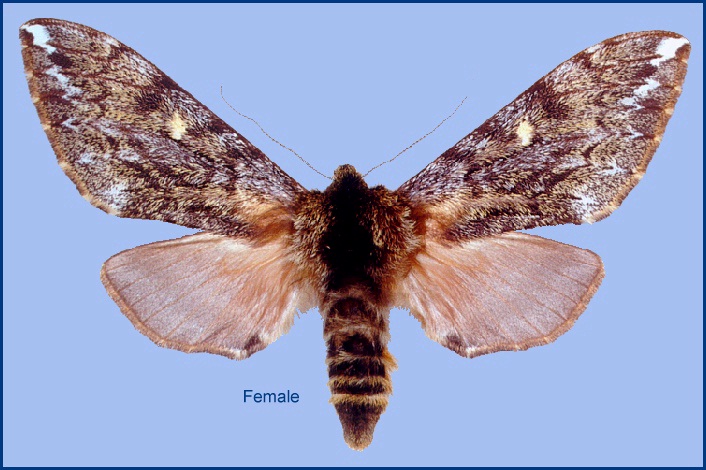
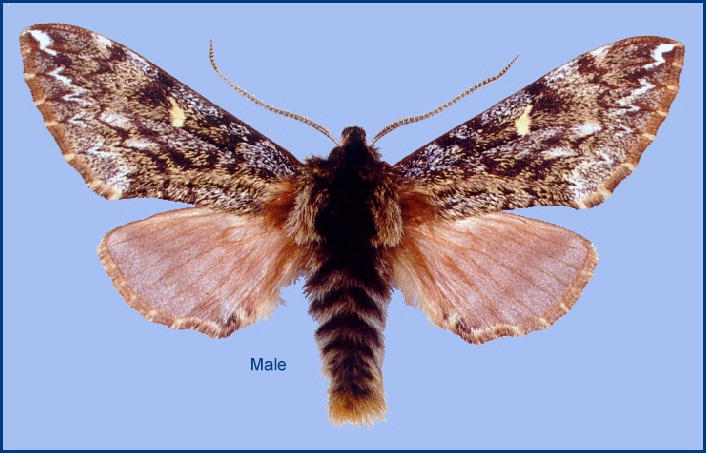
Pentateucha inouei Owada & Brechlin, 1997, in Kitching, Owada & Brechlin, Tinea 15: 89. Type locality: Taiwan, Taoyuan [Hsien], Lalashan, 1500m.
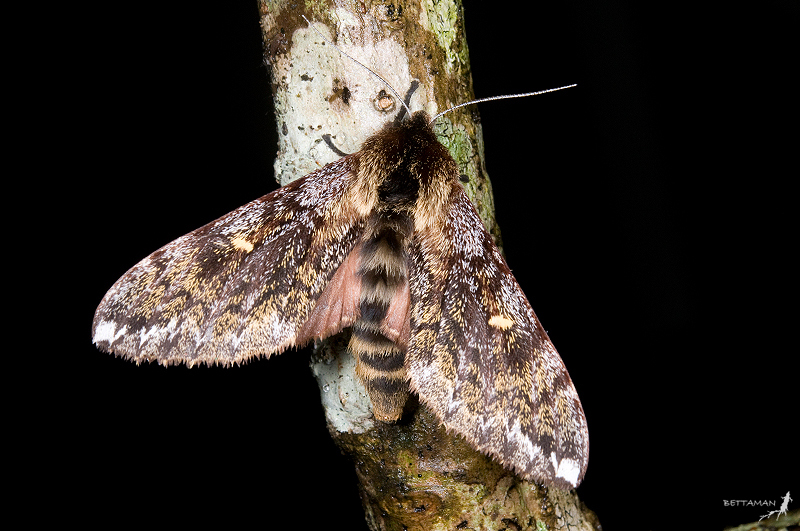
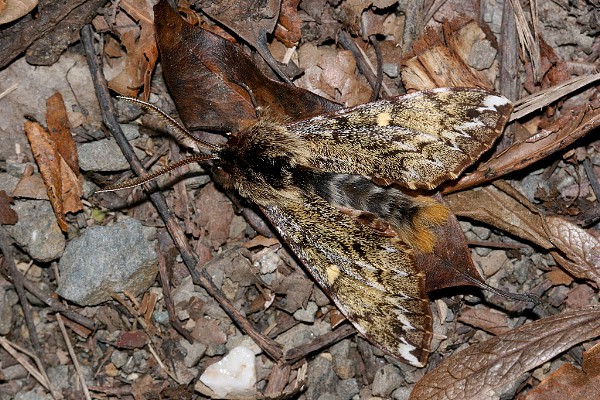
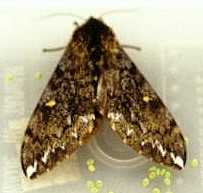
Flies during winter and early spring in the central mountains of Taiwan. A species of alpine forests, occurring normally from about 2000m to 3000m altitude (Lin, 2000), but a few individuals can be met with at lower elevations.
Taiwan: 24.i (Yilan Hsien); 27.i (Taoyuan Hsien); 28.i (Miaoli Hsien); 4.ii (Hsinchu Hsien); 10-19.ii (Taoyuan Hsien; Hsinchu Hsien); 24-26.ii (Yilan Hsien); 1.iii (Taipei Hsien); 2.iii (Hsinchu Hsien); 9.iii (Miaoli Hsien); 3-24.iii (Nantou Hsien; Kaohsiung Hsien; Hsinchu Hsien); 11-20.iv (Kaohsiung Hsien); 22.iv (Yilan Hsien).
OVUM: Laid singly; oval, 2 x 1.1 mm, green, turning blackish green before hatching in 11-12 days (Lin, 2000).
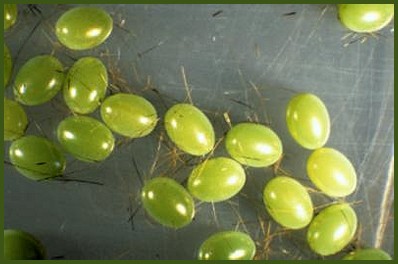
LARVA: Full-fed about 40mm, horn 6 mm. First instar larva (L1) with head and body pale yellow, 5 mm in length, body with small scoli, numerous setae golden yellow, lateral with upper spiracular line brown. Horn 0.75 mm in length, brown with numerous golden-yellow setae, basally with yellow-brown ring. Tenth abdominal segment green. Head width 0.9 mm, thorax width 0.8 mm, and abdomen about 0.7 mm; lasting 7 days. Intermediate instar larvae (L2-L5) with head and body pale green, 6.5-35 mm in length, body covered with black setae, upper spiracular line green, dorsal line dark green, horn 2-6 mm in length, violet. The last instar larva (L6) head dark green, face with two white lines. Dorsal line black, upper spiracular line pale green, spiracles red. Hatching to pre-pupa about 41 days, pre-pupa to pupa 10 days (Lin, 2000).
An exposed feeder which is heavily preyed upon and parasitized.
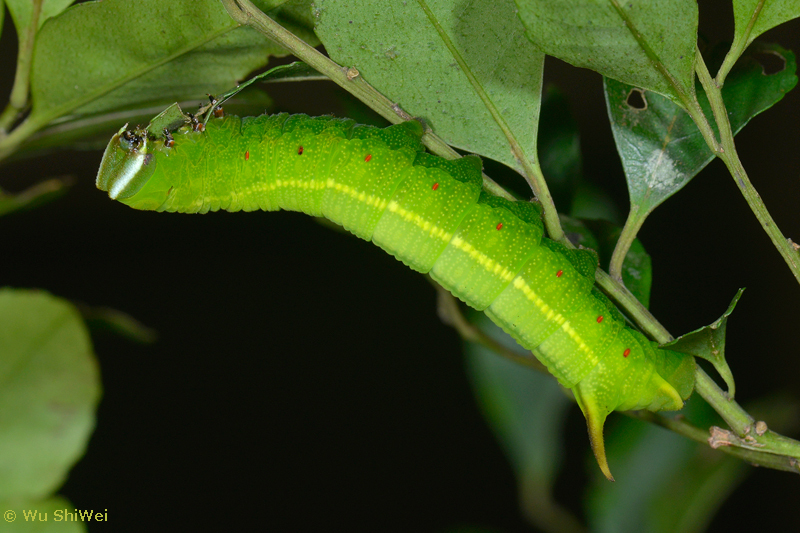
PUPA: Fuscous, rough and rugose, not glossy, tapering anteriorly. Overwinters as pupa, with adult eclosion the next spring from January to April (Lin, 2000).
Larval hostplants. Reared in captivity on Ilex formosana Maxin (Aquifoliaceae) (Lin, 2000), which is also the wild host.
Unknown.
Taiwan: Taoyuan Hsien (Ming Chyr Forest Recreation Area, 1200m; 16km E of Fuhsing, 1500m; Taoyuan City); Taipei Hsien (Wulai; Fushan; Lala Shan); Nantou Hsien (Meifeng; Sungkong; Sunken; Puli; Zhushan, 1761m); Kaohsiung Hsien (Shanping, 640m); Chiayi Hsien (Tapong, 1400m); Hsinchu Hsien (Jianshi township, 1410m; Dalu Forest Road; Wufeng township, 934m); Yilan Hsien (Datong township, 100 Lindao 15k Yuanyanghu Workstation, 1714m; Mingchi National Forest Recreation Area, 1156m; Green Mountain House, 1905m); Hualien Hsien (Xiulin township, 1595m); Miaoli Hsien (Tai'an township, Tenglong Hot Spring Villa, 537m); Miaoli Hsien (Tai'an township, Guanwu Villa, 2045m); Taichung (Heping District, Daxueshan Visitor Center, 2269m; Heping District, Xueshan Police Station, 2255m).
Endemic to Taiwan.
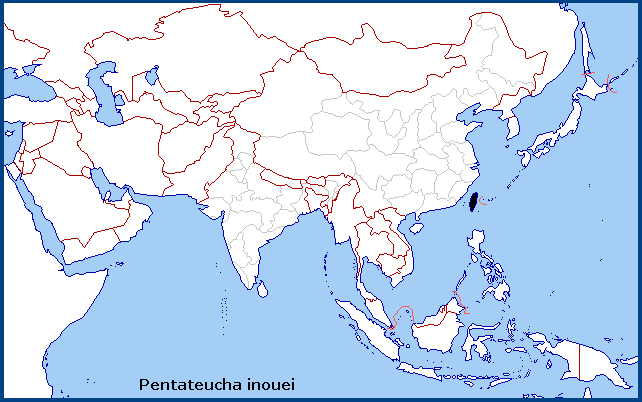
Holarctic; eastern Palaearctic region. Pleistocene refuge: Monocentric -- Taiwan refugium.
 Return to Sphingidae of the Eastern Palaearctic species list
Return to Sphingidae of the Eastern Palaearctic species list